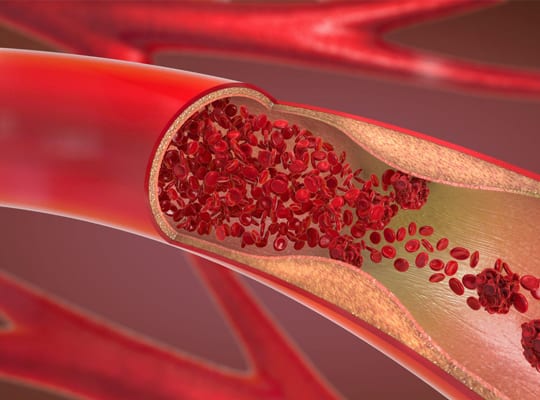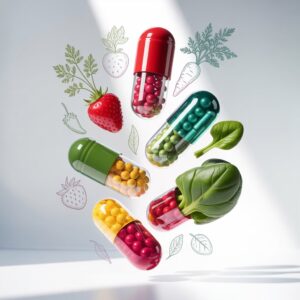Heart disease is still the number one killer of Americans. The hallmark of the disease is the buildup of plaque in the arterial wall. When a piece of this plaque becomes loose (thrombus), it can travel to critical heart supplying arteries and cause a blockage; which in turn, starves the heart muscle of oxygen and creates what we all know as a “heart attack”.
It is commonly thought that arterial plaque is caused by too much fat in the bloodstream (cholesterol and triglycerides). However, the truth of the matter is that often times it has nothing to do with the amount of fat in the blood since many people with very low cholesterol levels also die of heart attacks each year. The fact of the matter is that atherosclerotic plaque cannot build up unless the inner wall of the artery is first damaged by chronic inflammation and/or the production of free radicals.
It is a chronic, inflammatory chemical assault that damages the inner “endothelial” layer of the artery and exposes the underlying layers to the blood stream. This signals a series of inflammatory reactions that cause the body to attempt to repair the damage. It repairs it with a fibrinogen mesh, fat and other chemicals which all make up what we call arterial plaque. One small piece can break away and take a life in seconds.
But as is the case with virtually all health problems, scientists are always discovering natural compound that can have profoundly positive effects on the body and can aid in the healing process. For example, a chemical called naringinin, found in the common grapefruit, has an amazing ability to protect against the buildup of arterial plaque progression. Naringinin also improves insulin sensitivity for diabetics, naturally controls cholesterol and improves vascular function.
Two other foods that have the same type of potential are pomegranate and cacao. We all know pomegranate as a very “seedy” fruit but the lesser known cacao is the pure extract of the bean from which chocolate is made. Both of these foods have chemicals that protect the endothelial layer from inflammatory havoc, free-radical damage and subsequent plaque formation. Any health-conscious person should include all three of these foods (or the equivalent supplements) in their diet on a regular basis.







